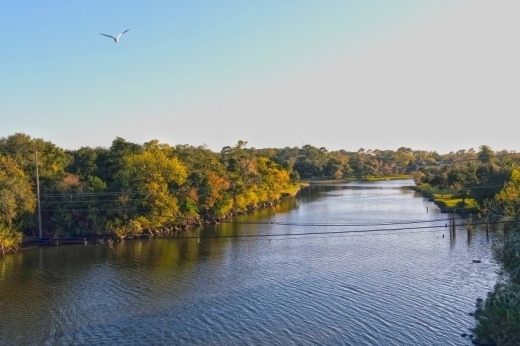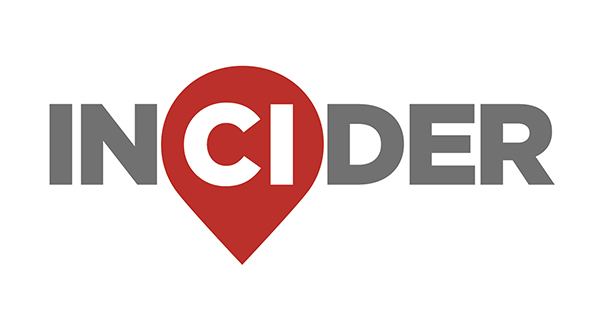If approved in the coming weeks and months—which leaders with the study expect to happen—the funding will come a couple of months after the U.S. Army Corps of Engineers gave the go-ahead for the study to move forward.
The gist
The Lower Clear Creek and Dickinson Bayou Water Study completed its first phase in 2022. That was related to shoring up rainfall data and creating a list of possible projects to be carried out along the watersheds, said Galveston County Commissioner Hank Dugie, who is among the leaders of the study.
Now, the project is moving forward to its second—and what Dugie called its final—phase, which will dive deeper into the overall number of projects.
Specifically, Dugie said officials will begin to research the projects to justify why they’re needed in terms of lives and money saved and flooding reduced.
The projects Dugie gave as examples include:
- A bypass tunnel along Clear Creek
- An overland bypass channel along Dickinson Bayou
- Some regional detention basins
- Pumps and levies at Clear Lake
The cost
The total cost of the study's second phase is expected to be $3 million, which Dugie said he expects to come from any number of the two dozen counties and cities that have voiced support for it.
While not set in stone, an additional $2 million for environmental work could also be needed, Dugie said.
Dugie said he expects entities to soon begin approving funding for the study.
Meanwhile, federal funding for local projects, such as the Gulf Coast Protection Project in Galveston Bay, has been hard to come by at times.
With these projects likely to be considered “mega projects” at the federal level, Dugie said they will need funding. However, he is not worried that it will be difficult.
“We have overwhelming and wide local support,” he said. “I think the math is going to show it’s the right decision. It’s the financially prudent decision to make.”
Those in favor
A total of 23 cities and counties have passed resolutions supporting the study. One of the most recent ones from the city of Manvel came from an Aug. 18 City Council meeting.
At the meeting, Mayor Dan Davis thanked Dugie for his work and called it “much needed.”
League City, which Mayor Nick Long said has been at the forefront of supporting the study, is planning to allocate $1.25 million to it.
“This is the first step to securing significant federal funds to make a real difference on flooding along the Creek and Bayou,” he said.
What’s next?
Dugie said officials should be ready to go ahead in 2026 and begin discussions with the federal and state governments. If all goes well, a formal request could come in 2027.
The study should be wrapped up by 2028, he said. A timeline for when the projects could break ground was not given.
Dugie said while it has been a long time coming, he believes the support in place will get the study and the required funding for any resulting projects across the finish line.
“They’ve said it takes a long time,” Dugie said. “Since the [1970s], we’ve worked on getting a federal project in our part of the coast. We’re further than we’ve ever been before.”






